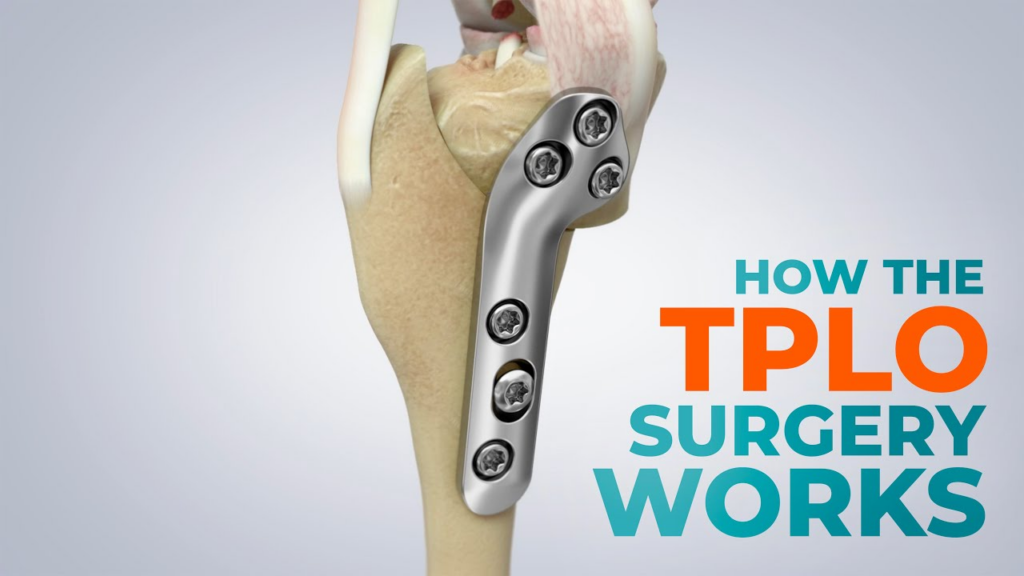Top TPLO Surgeons in North County San Diego
Dr. David Demner, DVM, Diplomate, ACVS
Dr. David Demner is a board-certified surgeon and is one of the most trusted veterinarians for fracture repair and TPLO surgery in San Diego County for cruciate (ACL) injuries.
Dr. Demner’s vision is to deliver the best surgical care to animals and their owners in the comfort and familiarity of their primary care hospital… while receiving the same expert care found at specialty centers at a fraction of the price. He enjoys all aspects of surgery, but his specific interests include orthopedic, and soft tissue surgery.


Why Choose Us For Your Dog’s TPLO Surgery?
Our mission is simple: to provide specialty-level surgical solutions in the comfort and convenience of our primary care facility. Experience the gold standard in veterinary care without the premium price tag. Choose us for a seamless blend of specialty services, compassion, and affordability tailored to your pet’s needs.
- Affordable TPLO surgery
- Board-certified surgeon
- Hundreds of TPLO surgeries performed
- Experience means fewer complications and better outcomes
Our veterinary team conducts each TPLO procedure with precision and expertise, prioritizing your pet’s well-being and facilitating a smoother recovery process.
What is TPLO Surgery?
When a dog has a damaged CCL, TPLO surgery can be a critical procedure to help restore stability and function to the knee, prevent further damage, and improve the dog’s overall quality of life.
TPLO, or Tibial Plateau Leveling Osteotomy, involves a surgical procedure where a portion of bone is removed from the tibia’s head, rotated to a specific angle, and then stabilized with plates and screws. By altering the tibial plateau angle, this technique enhances your dogs knee joint stability by reducing its steepness. To ensure the bones heal correctly and stabilize the joint, TPLO surgery utilizes locking plates and screws. These fixtures are designed to remain in place post-healing, providing ongoing support.


Cranial Cruciate Ligament Tears In Dogs
TPLO surgery is often necessitated by specific types of accidents or conditions that cause damage to the cranial cruciate ligament (CCL) in dogs. Cranial cruciate ligament (CCL) tears are a common issue in dogs, often manifesting as rear leg lameness.
If your dog has is exhibiting limping, swelling around the knee, reduced activity level, stiffness, pain sudden yelps during movement or an audible clicking sound, your dog may be a candidate for TPLO surgery. Our veterinary team can perform the necessary diagnostic tests to determine the best course of action.
Similar to human knees, dogs’ knee joints, known as stifle joints, are engineered to absorb impact. The stifle joint consists of the femur, the tibia, and the patella, along with four crucial ligaments responsible for maintaining joint stability. Among these ligaments, the cranial cruciate ligament (CCL) plays a vital role and can be likened to the anterior cruciate ligament (ACL) in humans. TPLO surgery is commonly utilized in veterinary practice to address ruptured cranial cruciate ligaments (CCL) in dogs.
What To Expect with TPLO Surgery
Send us a message
Get in Touch
- 760-282-2505
- 997 W. San Marcos Blvd, Suite 102A
